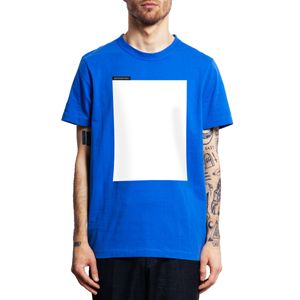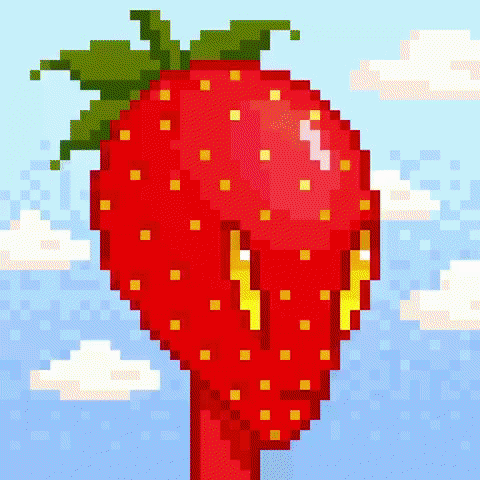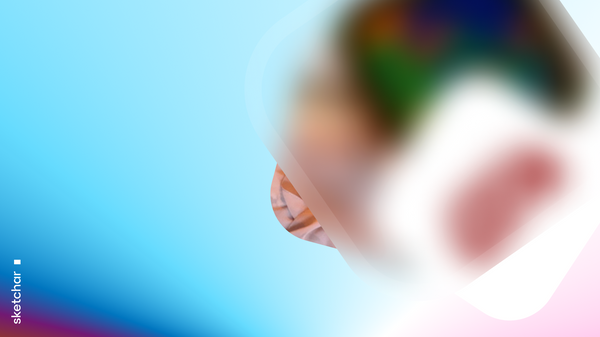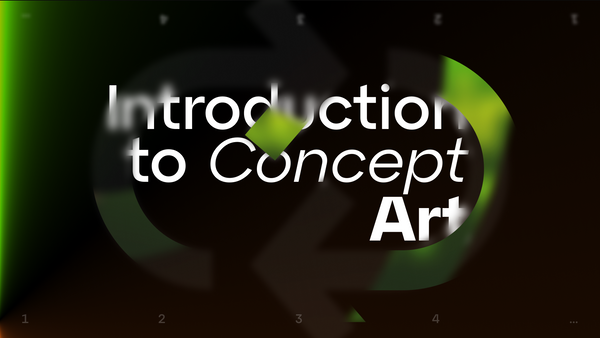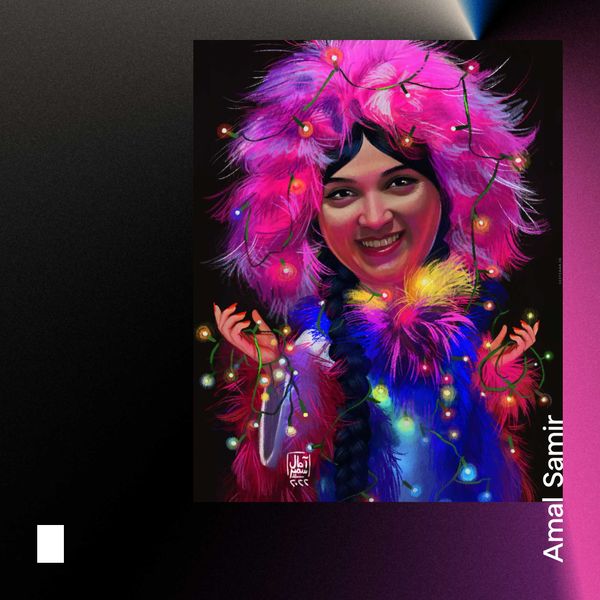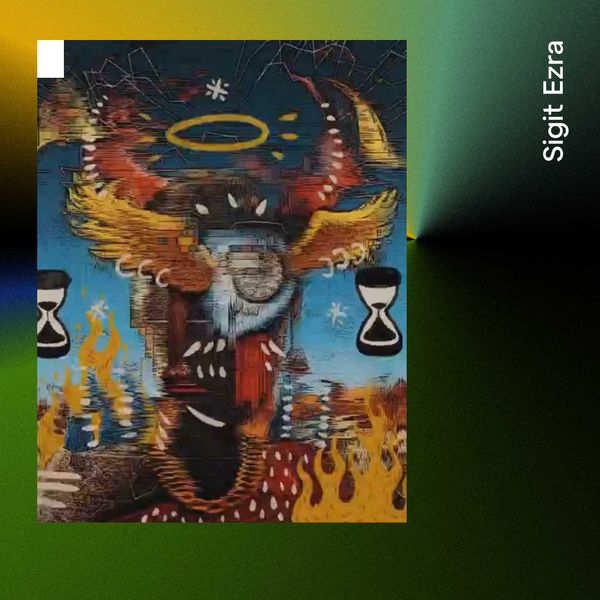It all began with the arcades.
People were going crazy over a table tennis game called Pong, where a square bounces on a line. It was created in 1973 by Atari, and that’s where some might say that pixel art began.

What is pixel art?
Pixel art is arguably the earliest form of digital art. It is created using only a type of graphical software exclusively drawing with pixels as the only building block components.
This form of art has been around for a moderately long time. Originating with the earliest gaming consoles and computers of the late 1970s. Pixel art as a type of digital art started to gain relevance because it was the only type of digital art you could create using computers at the time.
The concept of pixel art is straightforward. The artist using only a specific type of software uses pixels to create digital art.
The overall objective of any pixel art is to create an artwork that is reminiscent of the ones from earlier generations when the technology was not so advanced.
Pixel artworks are characterized by the nitty-gritty details (such as the appearance of the ground in a game and emulating a limited color palette of old games that relied on juxtaposing two colors to give the impression of the third). The artworks can be created to appeal to a specific audience - mainly indie game lovers.
History
Because of the technological limits of computers back in the 70s, some of the earliest pixel art was merely squares and rectangles, notably during the early years of computers. Things started to take a turn in the 80s with the introduction of 8-bit and later 16-bit computer systems.
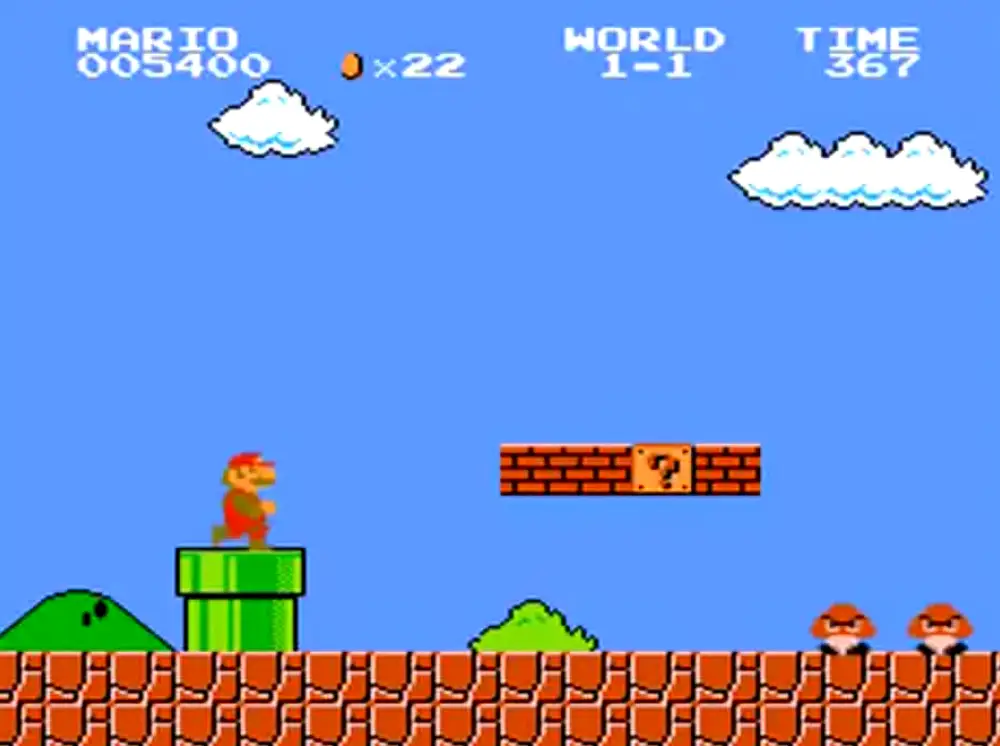
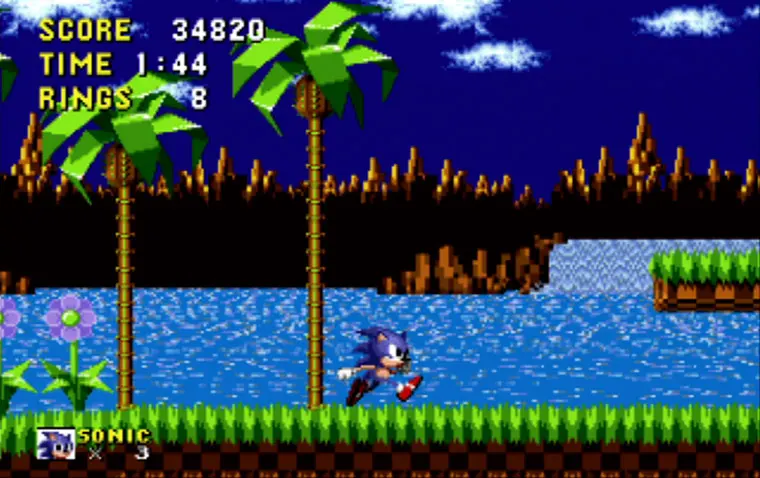
The 8-bit era was still quite limited in the technological sense. But at this point, game developers grew more ambitious in their efforts to create as detailed artworks as the technology at the time allowed them to. However, Mario's hat was just one or two red pixels, for example.
In the 90s, with the introduction of 16-bit systems, pixel art became a lot more detailed: artists had a bigger canvas to work with, and some games even attempted to blend pixel art with early versions of 3D. Though, the spirit aesthetic remained the same - each individual pixel was important to the overall image.
However, with the rapidly advancing technological capabilities of game systems, especially in 3D art. Pixel art began to slowly lose popularity. By now, it is strictly used as an aesthetical artistic choice.
Start Drawing Pixel Art Today
Whether it’s creating video games or purely stand-alone art, pixel art evokes nostalgia and radiates a certain retro vibe. Though at this point, pixel art is a stylistic choice rather than a technological workaround – it still has an incredibly dedicated and thriving online community!



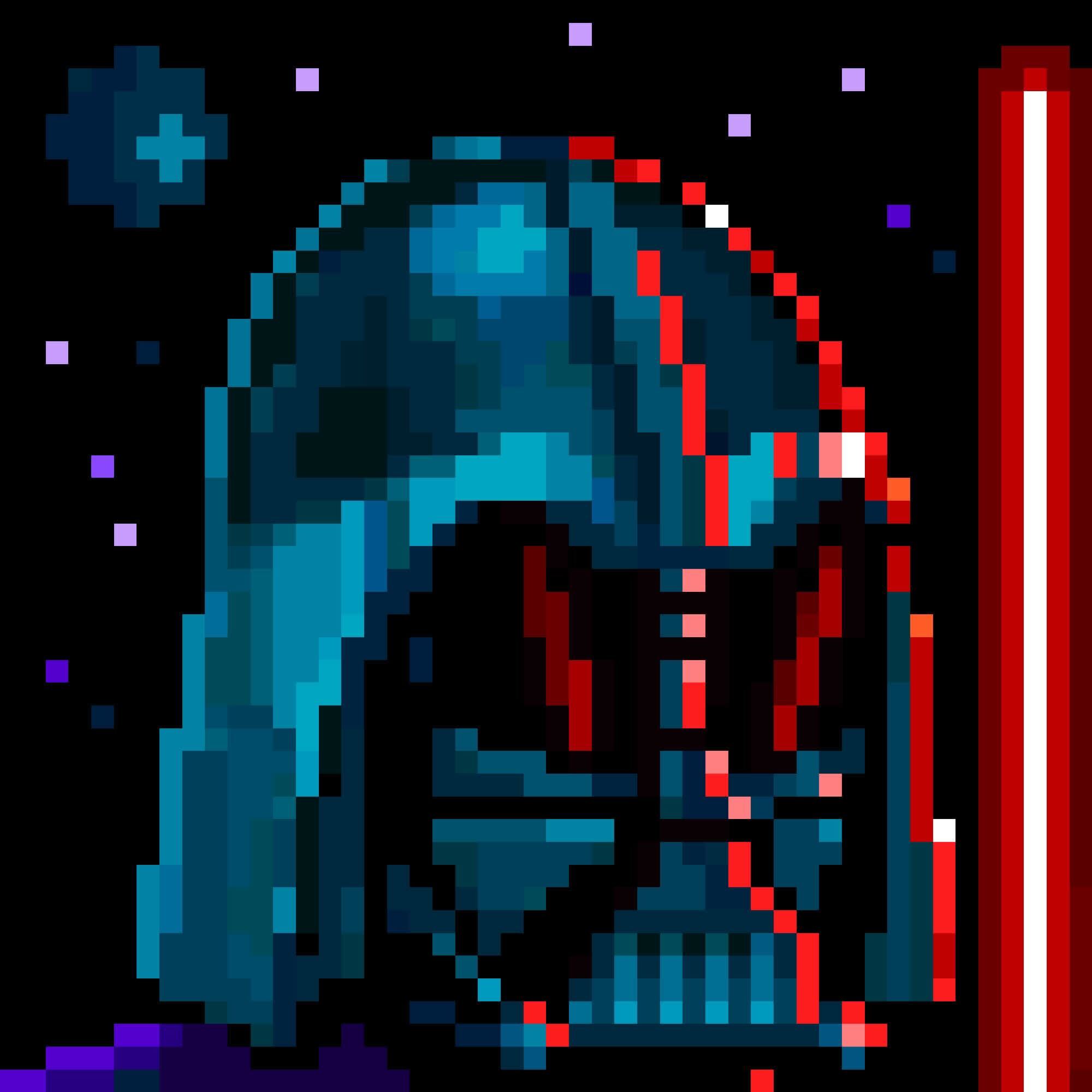
For example, artists from around the world drew their own distinctive pixelated characters exclusively using Sketchar! 2,500 original Martians were created and after careful consideration, the top 888 were selected and converted into NFTs. So, pixel art is definitely here to stay as a beloved and nostalgic style.
Make pixel art with Sketchar:
The usual practice of pixel art is to use a grid to assist the drawing process. One can usually manipulate each pixel in the grid to make it appear as one wants it to appear. This method can result in images that are less detailed and more simplified.
If you are intrigued by the challenge of working with pixels and want to learn how to achieve a retro graphics aesthetic, you're well on your way to reaching that goal. Sketchar provides all the necessary tools for you to create pixel art.
- Open the Sketchar application (on iOS or Android).
- Tap the Pixel Art icon in the Creative Hub.
- You will be presented with a pixel art grid template
- Don't forget to share your art with others!
With Sketchar you'll be able to master the blocky yet incredibly rewarding and creative art of pixels!
▋

